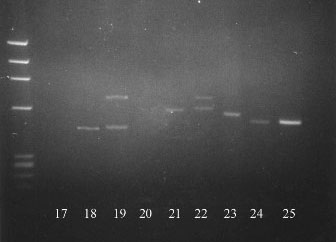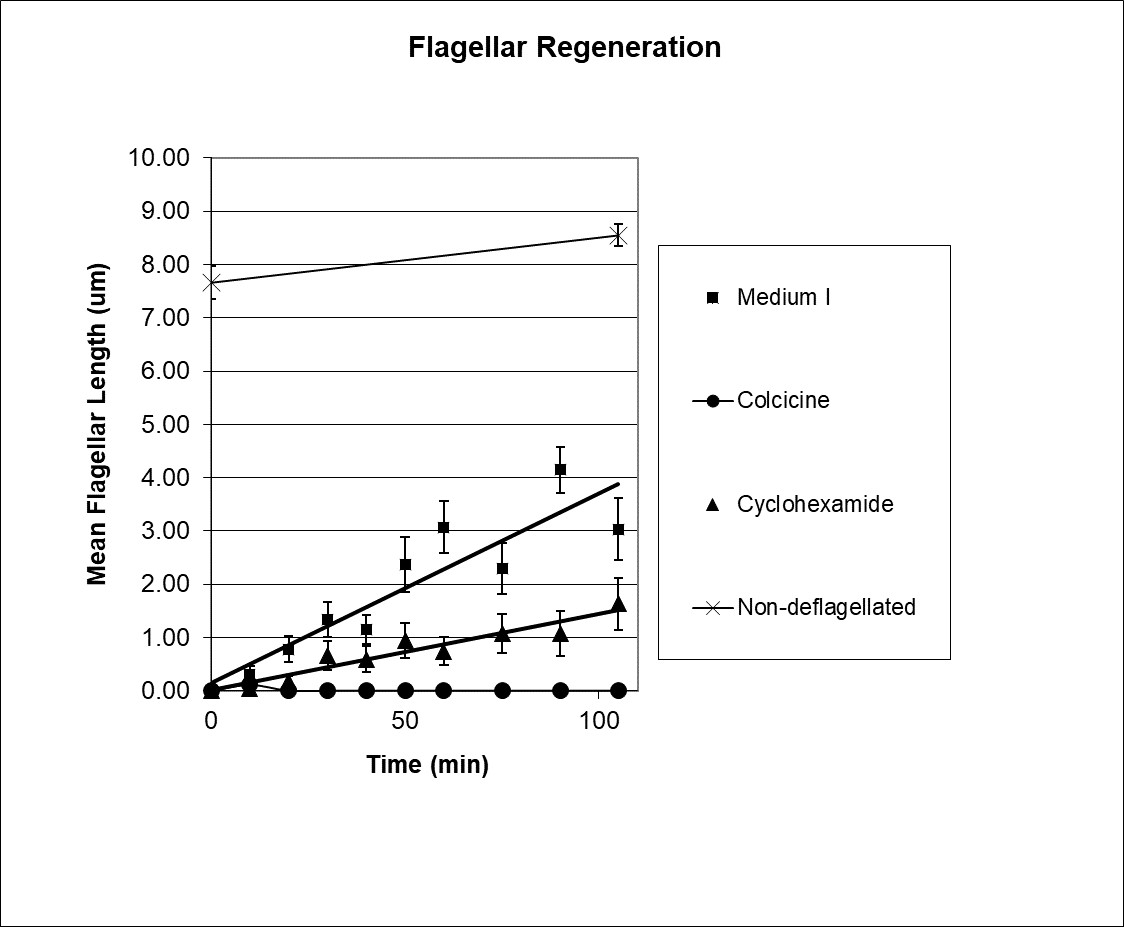Research reports are a way to communicate the story of your experiment. You want to explain why the experiment was done, how it was done, the results, interpretation of the results, and why the experiment matters.
The reports have a particular style so that information is presented in a very clear, concise, and logical manner. It is very important that you follow the SULI or CCI guidelines for your report (see appropriate sections of the Communicating Science webpage). The information below highlights details of how to appropriately prepare each section.
Sections
- Abstract: This is a summary of the research paper. Its purpose is to allow the reader to quickly review the important aspects of the paper.
- Introduction: The purpose of this section is to introduce the reader to the research question and provide rationale for the study that was done.
- Methods: This section outlines all of the methods used during the study.
- Results: All experimental data should be included here. Do not include any interpretation of data. The purpose of this section is to show the data in such a way that the reader can interpret it for him/herself.
- Discussion: The purpose of this section is to bring all parts of the paper into perspective.
- References: All material obtained from outside sources should be properly referenced in the text and listed at the end of the paper.
Format of Each Section
Abstract
All included items should be as brief as possible – word limits are usually around 300-500 words. SULI guidelines are 500 words. The following components are important:
- A brief background as to why the experiment was done,
- A clear statement of the purpose of the experiment – the research question,
- A brief summary of important methods,
- A summary of the experimental data,
- A concise statement of conclusions,
- A statement about why the experiment was important.
Introduction
To put the research into perspective and provide rationale for the experiments, the following components should be included:
- Background information from the literature that puts the current experiments into perspective,
- A statement of the general hypothesis for how the system functions,
- A clear statement of the specific research question that is being asked,
- A brief description of the experiment performed. Do NOT include results or conclusions.
Methods
This is not intended to be a laboratory manual, so “cookbook” type of material is not necessary. However, enough information should be provided so that a reasonably competent person could replicate the study by reading the description and doing a small amount of further checking. The following should be included:
- Chemicals and other materials used and their sources,
- Experimental manipulations, control groups, number of replications, etc,
- All research methods used with references where appropriate,
- Data collection techniques,
- Analysis techniques,
- Statistical analysis
Results
All experimental data including charts, graphs, tables, photographs, etc should be put in this section. All charts, etc. should be referred to and explained in the text. Do not include any interpretation of data. The purpose of this section is to show the data in such a way that the reader can interpret it for him/herself. When formatting this section, there are some important things to keep in mind.
1. Significant Digits: Pay attention to how many digits you use when reporting numerical data, particularly after a calculation. It is not desirable or accurate to report all the digits just because your calculator or Excel reports them. Report only as many digits as accurately measured by the instrument used. After a calculation (for example, a mean calculation) it is acceptable to report one additional digit. Do not report any more digits than is acceptable. Doing so would suggest more accuracy than was actually measured.
2. Describing Data: Make every effort to be precise in your descriptions – do not use ambiguous words. When statistical analysis is done, be careful in how it is used. If two data sets are not significantly different from each other, then they are the same even if the numerical values are different.
- It is incorrect to say, “The rate of secretion of VEGF was greater in Group 1 when compared to Group 2, although they were not significantly different from each other.” The correct statement would be “Groups 1 and 2 secreted VEGF at the same rate.”
3. Figures: Label all pictures and graphs as “Figure” and number sequentially. Place the label below the figure and include a descriptive title for the figure. Additional information can be included in the figure legend for a clearer understanding the figure. DO NOT place excessive descriptions in the legend.
4. Tables: Label as “Table’ and number sequentially. Place the label above the table with a title for the table. Place clarifying information below the table.
5. Data Labeling: Make sure that words are used to identify experimental groups, tubes, etc on all figures and tables. DO NOT LABEL SIMPLY AS “TUBE 1” OR “GROUP 1” etc.
It is very important that data is described in two places – both in the written text and in the figures and tables.
6. Text vs. Figures/Tables: Do not simply place charts, graphs, etc in the results section without explanation. ALL data should be described in written form. If data is placed in a table or figure it MUST ALSO BE found in the text of the document. The text description of the data should specifically refer to the figure or table containing the data. See specific examples for how that is done below.
For the figures, note the figure legend and the text description below the legend.
As shown in Figure 1, students 19 and 22 were heterozygous for D1S80 alleles while students 18, 21, 23, 24 and 25 were homozygous. Amplification of the D1S80 region in students 17 and 20 failed.
Flagella re-grew after deflagellation in untreated (medium I) cultures to approximately 50% of total length after 100 minutes. This re-growth was slowed in both the cyclohexamide and colchicine treated cultures with colchicine treated cultures showing no growth at all (Figure 2).
For the table, note the title at the top, descriptive information on the bottom, and the text description of the data.
Table 1: Normalized Relative Expression of mRNA for Paracrine Factors
The normalized relative expression of mRNA in mesenchymal stem cells for the various paracrine factors was determined using RT-qPCR (Table 1). Serum reduction to 5% caused a significant drop in the relative expression of VEGF mRNA compared to 20% in normoxic (p<0.05) but not in hypoxic conditions. Hypoxia resulted in a significant elevation of VEGF expression levels for cells grown in 5% serum (p<0.05%) but not in 20%. Expression of MCP-1…
Discussion
This section should draw conclusions from the data presented and put it into a larger perspective in terms of how these fits in with other research that has been done. The following should be included:
- A clear and concise statement of the major conclusions of the study at the beginning of this section. This should show how the experiments answer the research question and relate to the hypothesis posed in the introduction. The statement should be supported by a summary of key data presented found in the results section.
- A statement about how this research is different from other work done,
- A review of the pertinent literature putting the current study into a larger perspective. Reference to previous studies that support or contradict the experimental conclusions should be done. If there are contradictions, an explanation as to why that may have happened is needed.
- A discussion of why this study is important,
References
All material obtained from outside sources should be properly referenced in the text. The method used for this varies depending on where the paper is published. The following are SULI guidelines for research reports which requires the use of the American Institute of Physics (AIP) Style Manual, 4th edition. The examples are taken from the SULI guide. More detailed instructions can be found in the guidelines (pages 8-10 of the SULI guidelines and page 9 of the AIP Style Manual).
- References are identified in the text using sequential numbers as superscripts. The superscripts should be places after punctuation (periods, commas, etc).
- As pointed out by Bray,6 these calculations are in agreement with other experimental values.7,8
- Journal article references should be listed numerically in order of appearance and formatted in the reference section as author’s names, journal title, volume number, page numbers, year. The issue number may or may not be needed.
- 1Gale Young and R. E. Funderlic, “Positron decay in Na,” J. Appl. Phys. 44, 5151- 5153 (1973).
- 2 M. D. Levinson, “Rate of decay of auditory sensation,” Phys. Today 30 (5), 44-49 (1977).
- Books are referenced in the following manner.
- 3L. S. Berks, Electron Probe Microanalysis, 2nd ed. (Wiley, New York, 1971), p. 40.
- 4D. K. Edwards, in Proceedings of Ihe 1972 Heat Transfer Institute, edited by R. B. Landis (Stanford University, Stanford, CA, 1972), pp. 71-72.


